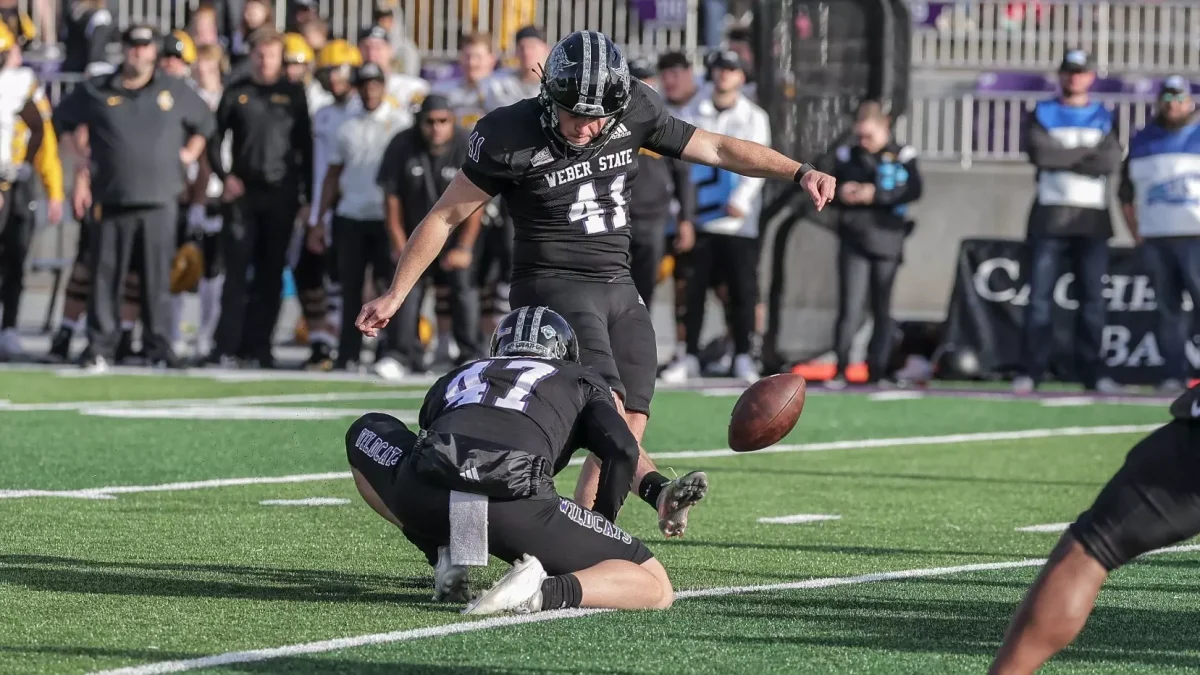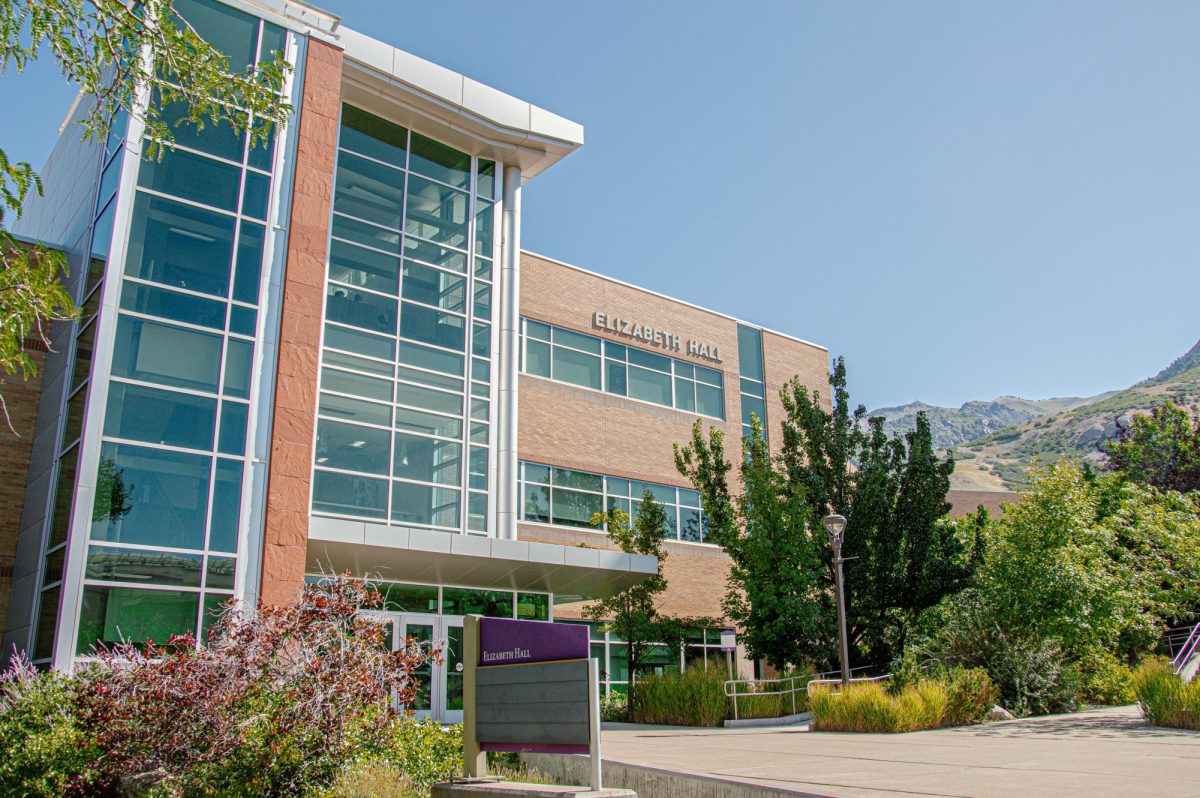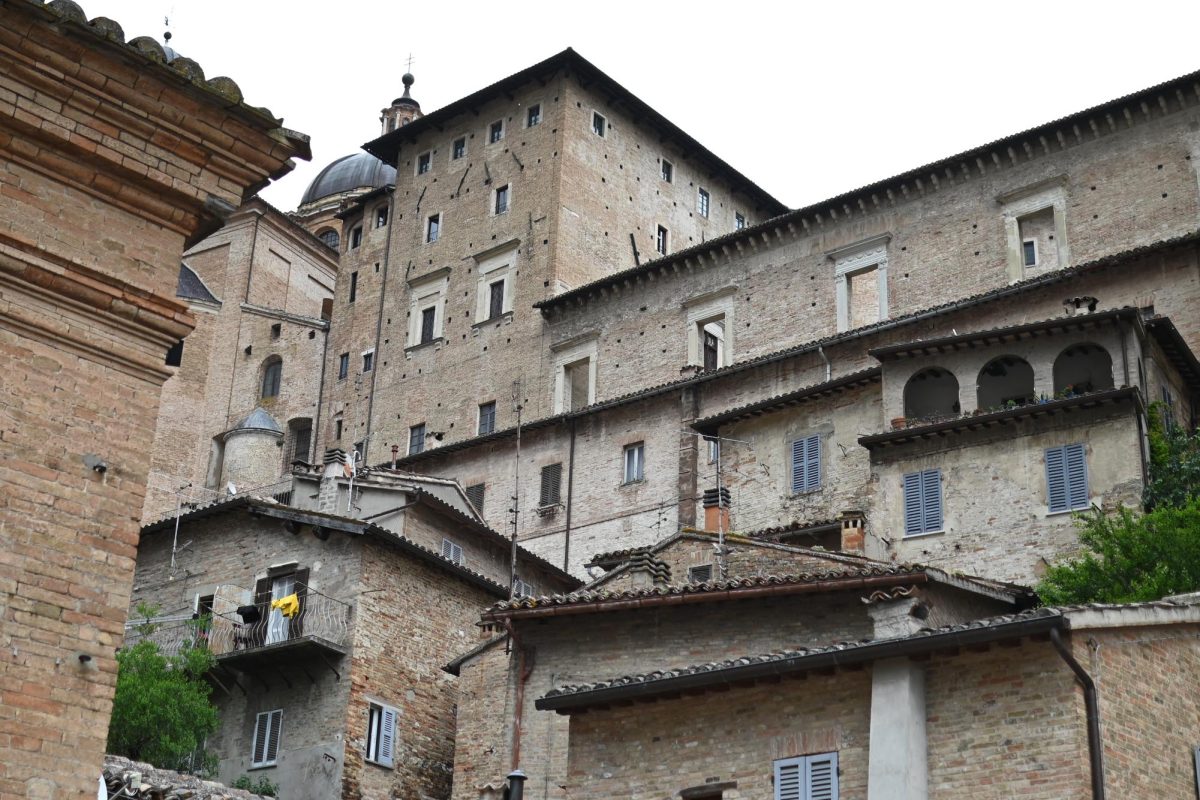
Weber State’s Diversity and Inclusive Programs is hosting the 13th Annual Native Symposium throughout November, which has been designated as National Native American Heritage Month.
Andrea Hernández, diversity and inclusive programs coordinator, said this year’s symposium focuses on educating the community to challenge the stereotypical way Native Americans are viewed. Last year’s symposium focused on the Navajo tribe while this year’s will highlight the Shoshone.
According to the U.S. Census, Native Americans combine to make up less than two percent of Utah’s population.
WSU reports and publications from the 2017-18 school year states that Native Americans make up less than half a percent of the student population. Native Americans make up about the same percentage of the Weber County population.
While the Native American population is not as large as other minority groups, Utah was once the land of tribes like the Shoshone, Bannock and Goshute, according to the Utah Division of State History.
Bessie Pettigrew, WSU’s American Indian Senator and American Indian Council (AIC) member, said it is important to educate WSU students on the Native population within the campus and acknowledge WSU’s land history.
“One thing that our advisor, Tashina, always tells us to tell people is that Weber State sits on Native American grounds, so it’s important to always recognize that we are on indigenous land,” Pettigrew said.
Hernández, who has brought speakers like Dolores Huerta and Jane Elliott to WSU, said it’s important to showcase diversity within Utah. Events like the Native Symposium are educational opportunities that some students would typically not be exposed to.
“(Utah students) are being taught one narrative history or they’re being taught about certain individuals like Martin Luther King (Jr.) or Cesar Chavez, but they’re not talking about Dolores Huerta, Coretta Scott King or Rosa Parks,” Hernández said.
According to Hernández, the symposium’s objective is to educate WSU and the Ogden community on Native culture.
“Not all Natives are the same. They all have different experiences and have different cultures within their culture. We want to bring awareness to that, and once we have that awareness, hopefully we can start debunking stereotypes,” Hernández said.
Pettigrew said the symposium is a chance for the WSU community to ask questions.
The Native Symposium will start on Nov. 5 with a sunrise ceremony conducted by Rios Pacheco, a member of the Northwestern Shoshone Nation. Members of the AIC will be wearing traditional Native American clothing and jewelry throughout November.
After the sunrise ceremony, Pacheco and other event organizers will host a light breakfast in the Shepherd Union. The breakfast will be a traditional Shoshone breakfast consisting of berries, nuts and eggs.
Nadina Delgado, AIC President and member of the Shoshone tribe, described her experience with Shoshone sunrise ceremonies.
“You have your spiritual advisor, which is who’s going to conduct this ceremony, and they will sing with their hand drum. Usually we have a fire, and we just dance around the fire until the sun comes up for the day, and we pray for everything we have,” Delgado said.
Later that day, Pacheco will conduct a workshop discussing Shoshone language names, places, food and family groups. He will also discuss how Shoshone people survived the Bear River Massacre. An estimated 250 Shoshone were killed during the Bear River Massacre in 1863 by the U.S. military, according to The Smithsonian.
On Nov. 8, Matika Wilbur, a visual storyteller from the Swinomish and Tulalip Coast Salish People of Washington state, will give the keynote speech in the Wildcat Theater.
Hernández said Wilbur was chosen as the keynote speaker because students who had previously seen her had specifically advocated for Wilbur’s selection.
“I had the opportunity to see (Wilbur) at USU last year. That’s where we got the idea of bringing her to Weber because she is such an amazing speaker, very lively and engaged with the audience,” Pettigrew said.
Additionally, Wilbur’s message fit with the symposium’s theme of debunking stereotypical Native narratives.
Wilbur created Project 562, a multi-year photography project dedicated to showcasing over 562 federally recognized tribes in the U.S. The project, according to its website, is meant to change the way people see Native America.
The Native Symposium will end with the film screening of Rumble: The Indians Who Rocked the World.
According to the film’s website, Rumble is a “story of a profound, essential and, until now, missing chapter in the history of American music: the indigenous influence.”
The film features musicians Charley Patton, Link Wray, Jimi Hendrix, Robbie Robertson, Redbone and Randy Castillo. The film aims to highlight how Native American rock influenced the fabric of popular American music.
Pete Sands, Native musician and Blackkiss frontman, will lead a discussion about the film after the screening.
Hernández said music is a concept everyone typically can identify with. Music is a form of storytelling and individuals can learn about people and cultures through their music. Hernández also said music can be a healing component.
Pettigrew and Delgado discussed the trials of growing up surrounded by people who did not look like them or share their culture and the sense of unity they’ve gained from the AIC.
“It was very hard to accept that you were Native especially around times when you talk about Christopher Columbus or Thanksgiving. Everyone always looks at you like you’re some kind of statue in a museum…it almost makes you not want to be authentically you,” Pettigrew said.
Pettigrew said she felt like she was the spokesperson for Native Americans in her classrooms. Through the AIC, she said she found a family where she can openly discuss these stereotypes and expectations with people who understand.
“Being around other people that understand you, they know your background and they understand your culture, it’s easier to relate to them. So I think that’s what AIC does for us. We just get each other,” Delgado said.
The consistent message given through event organizers and members of the AIC is educating the community and moving away from trying to fit Native Americans into a specific mold.
“I think it’s a celebration,” Pettigrew said about the Native Symposium. “We’re always reminded ‘Every day is a good day to be Indigenous. Every day you should be proud to be Indigenous.’ This gives us a time to celebrate our culture, our heritage, our history, our people and how far they’ve come.”
Looking forward, Hernández said she wants to see a change in how WSU celebrates diversity.
“I hope that we as an institution, as Weber State, move to celebrating Native culture not only in the month of November, but year-round,” Hernández said.



















